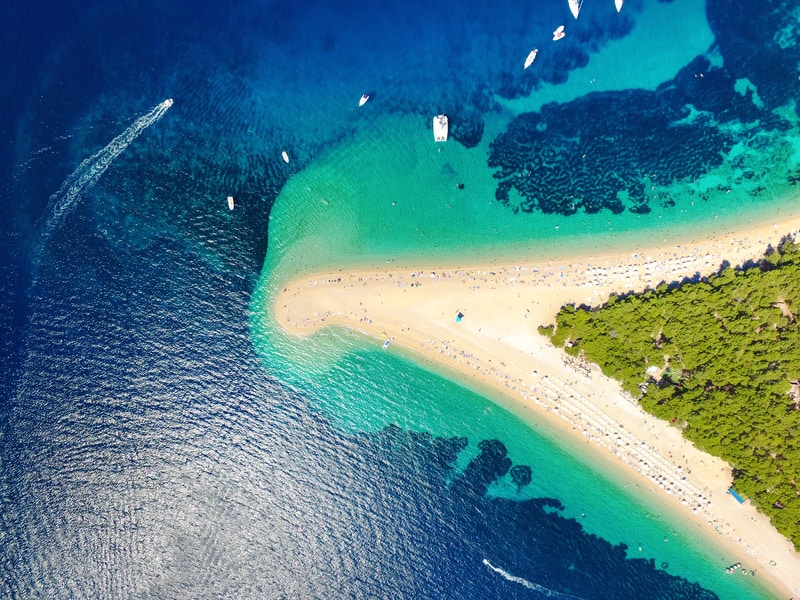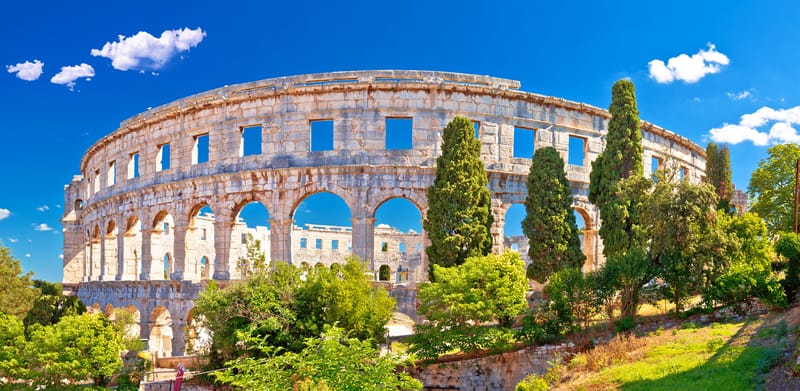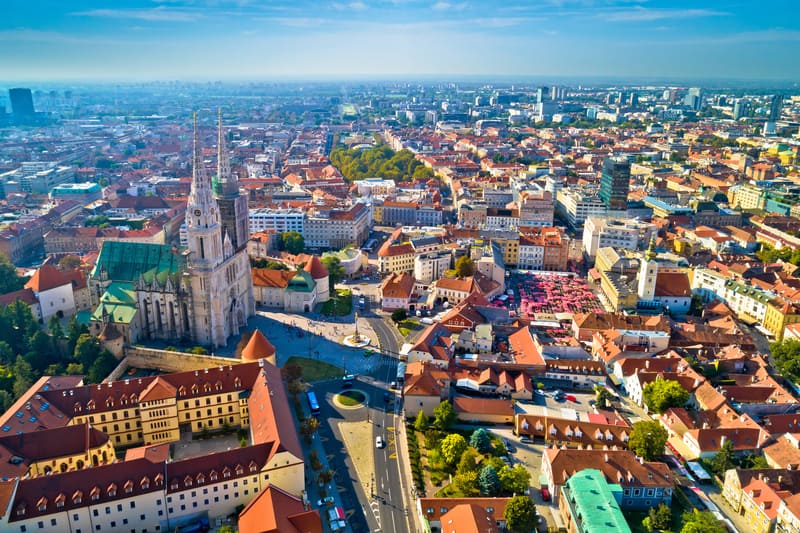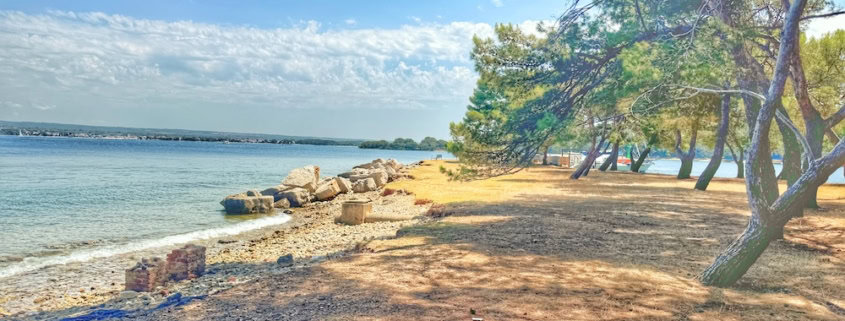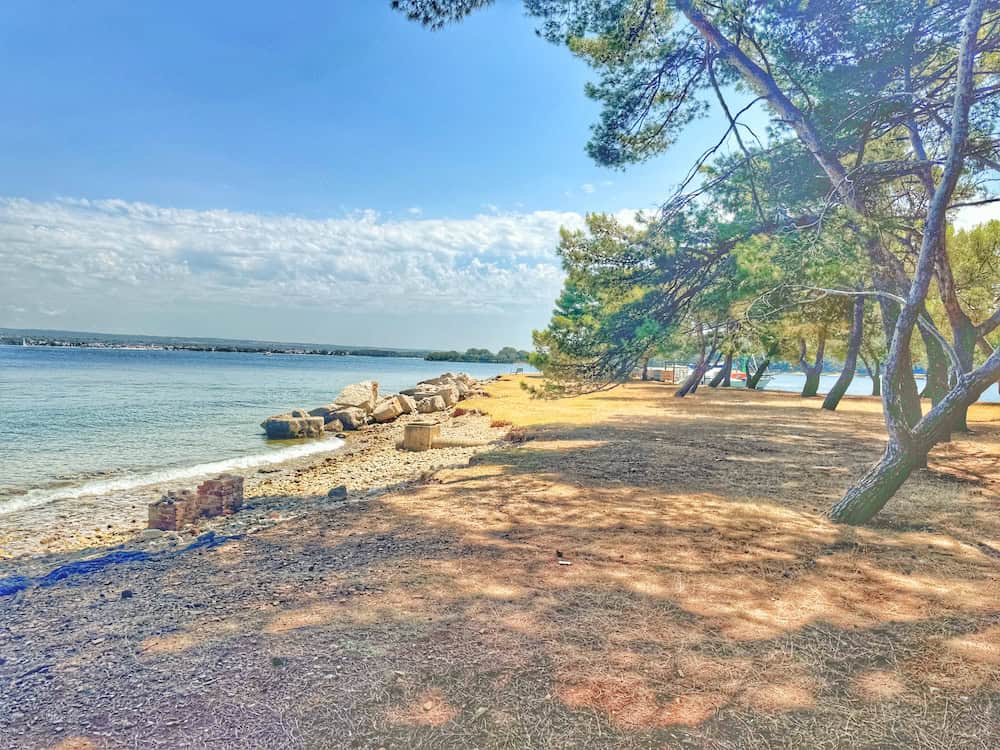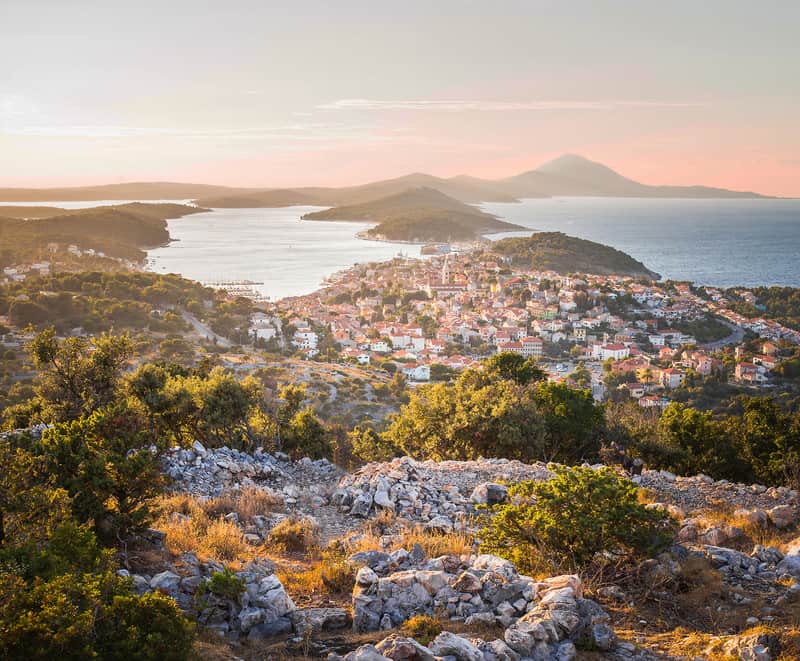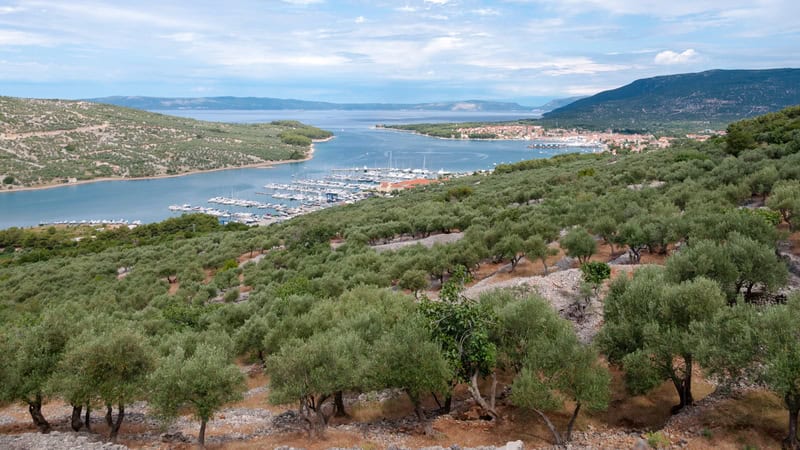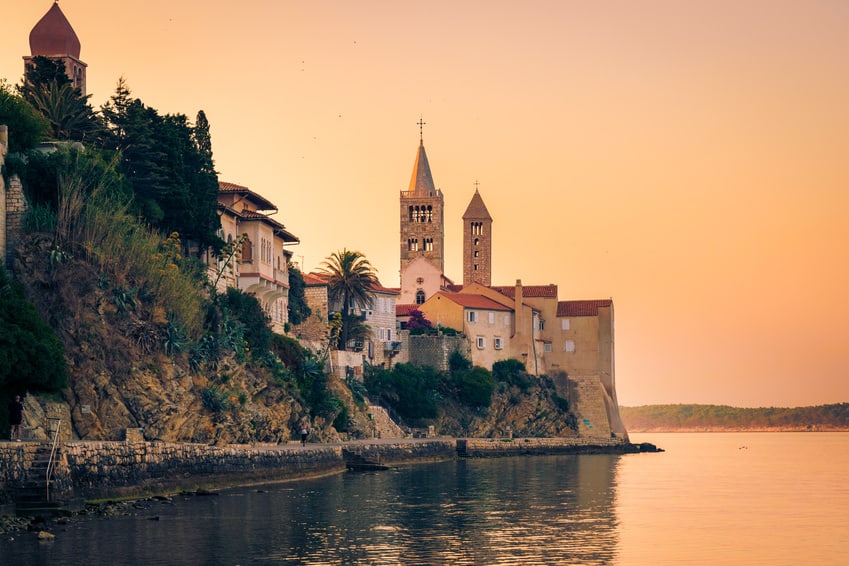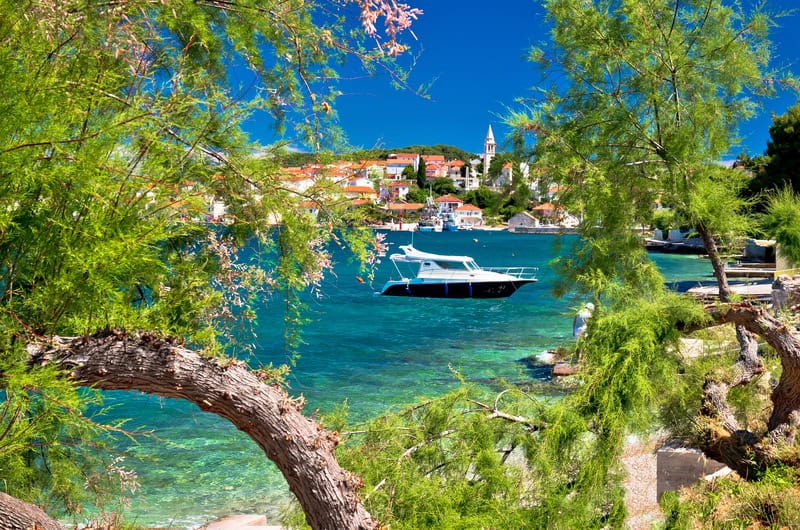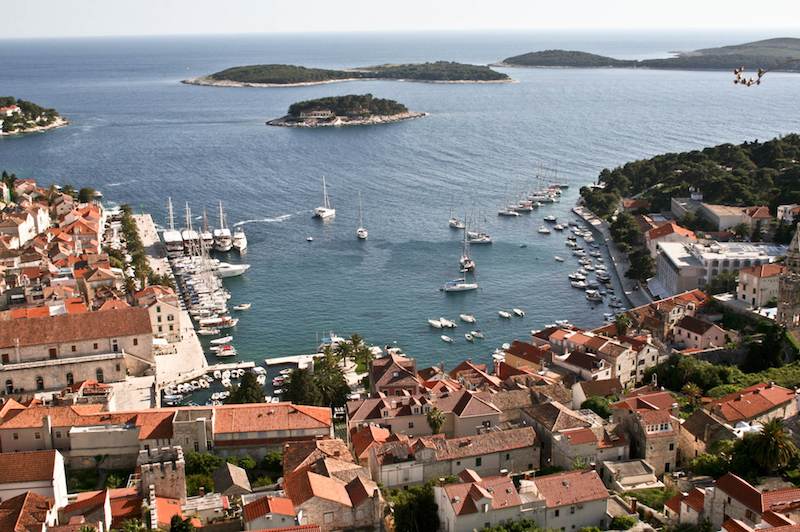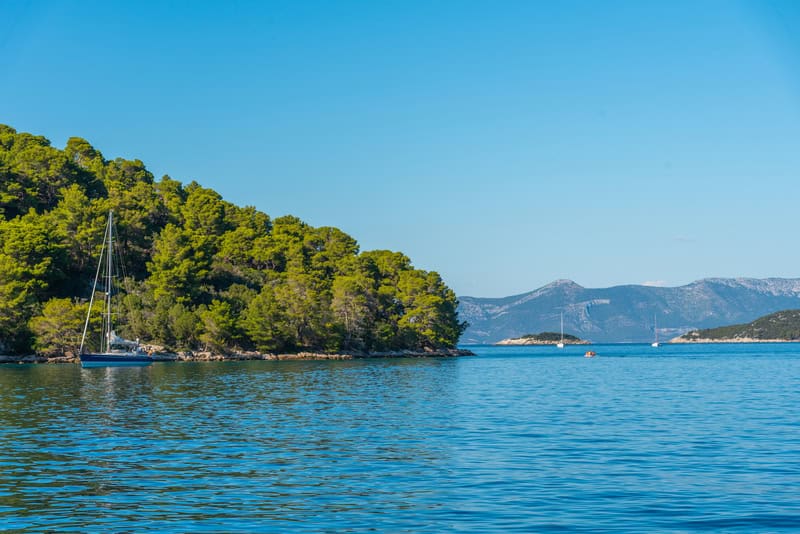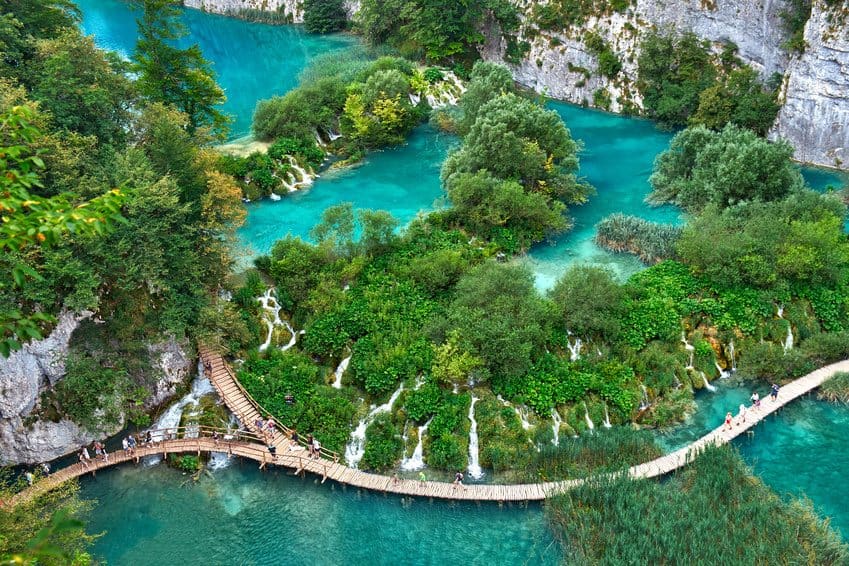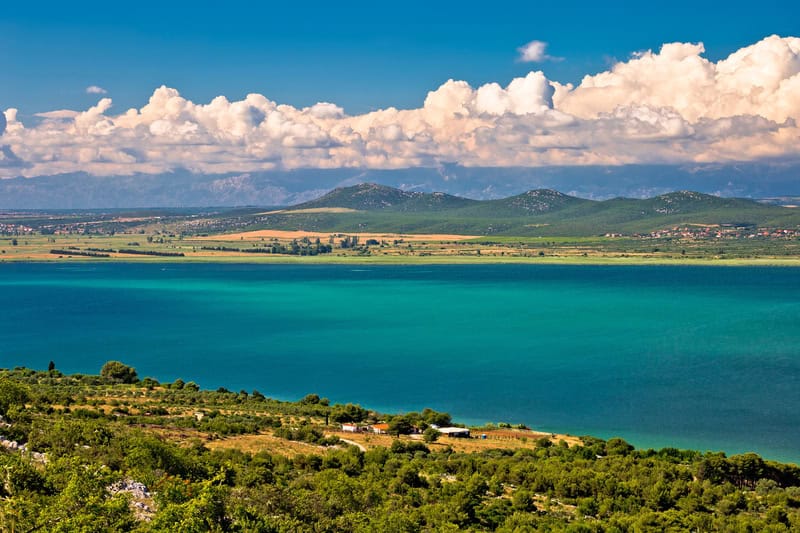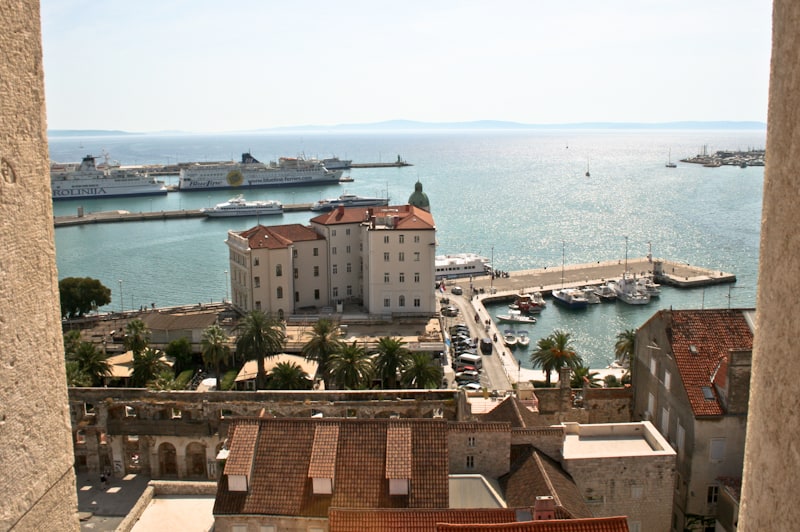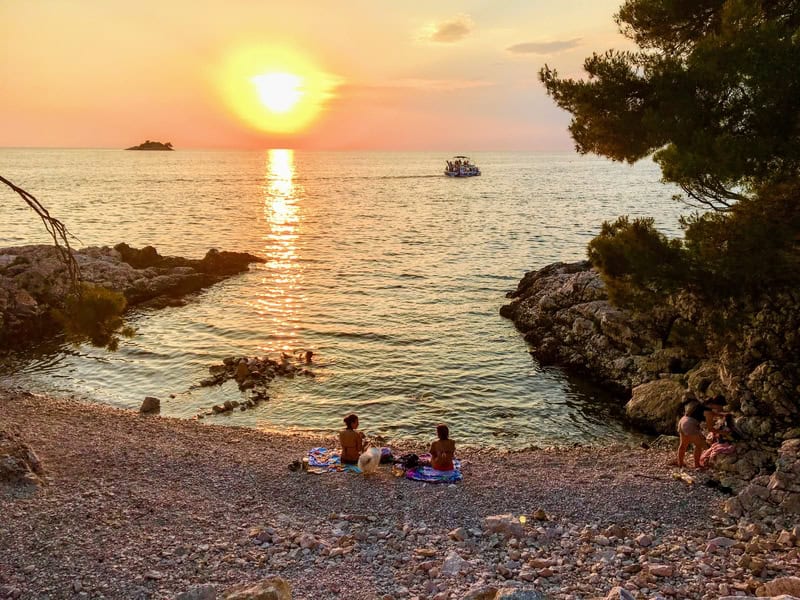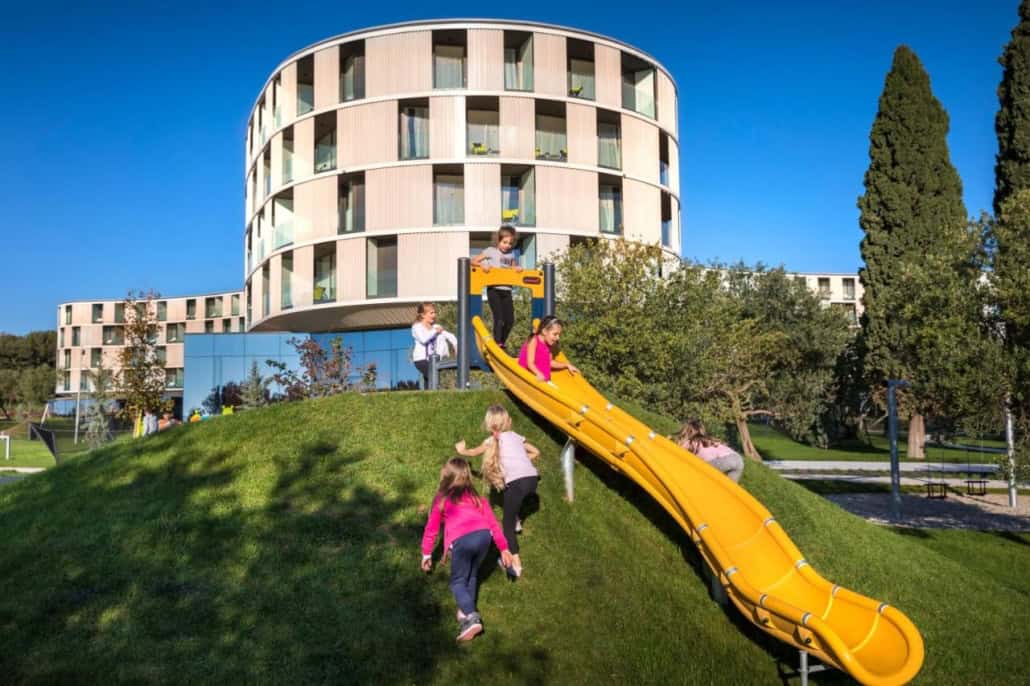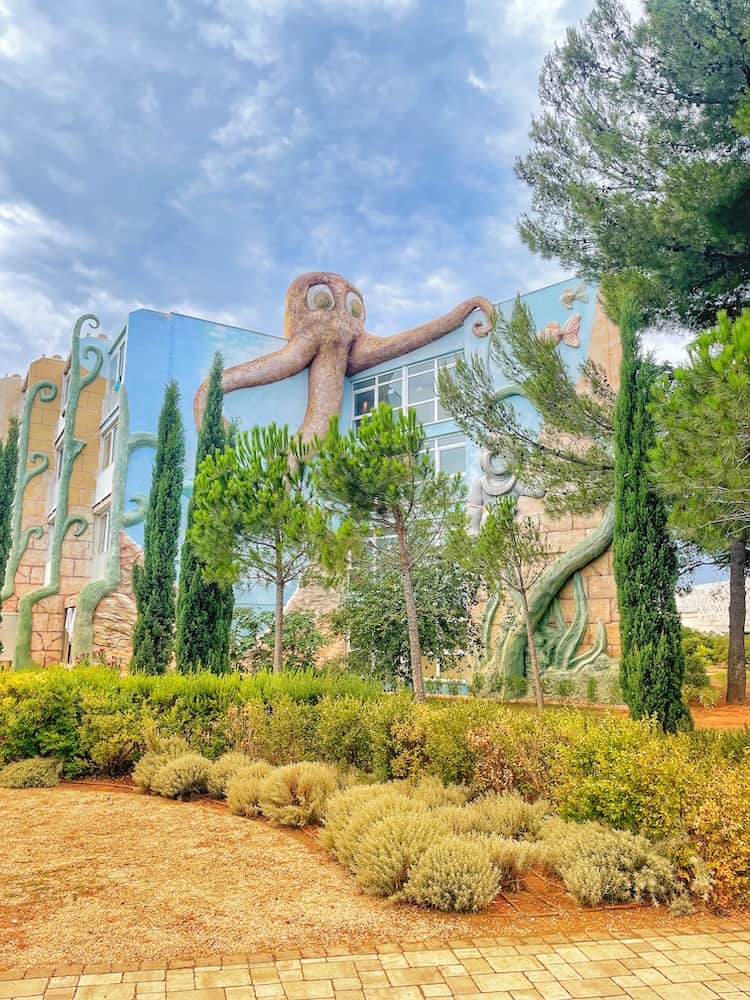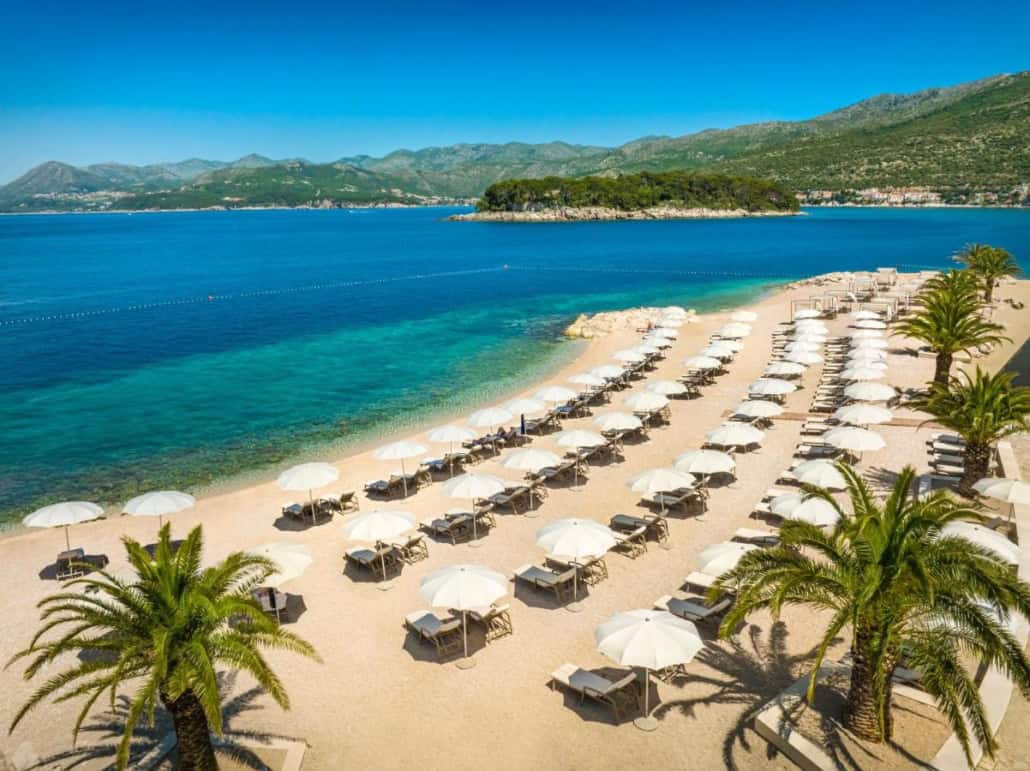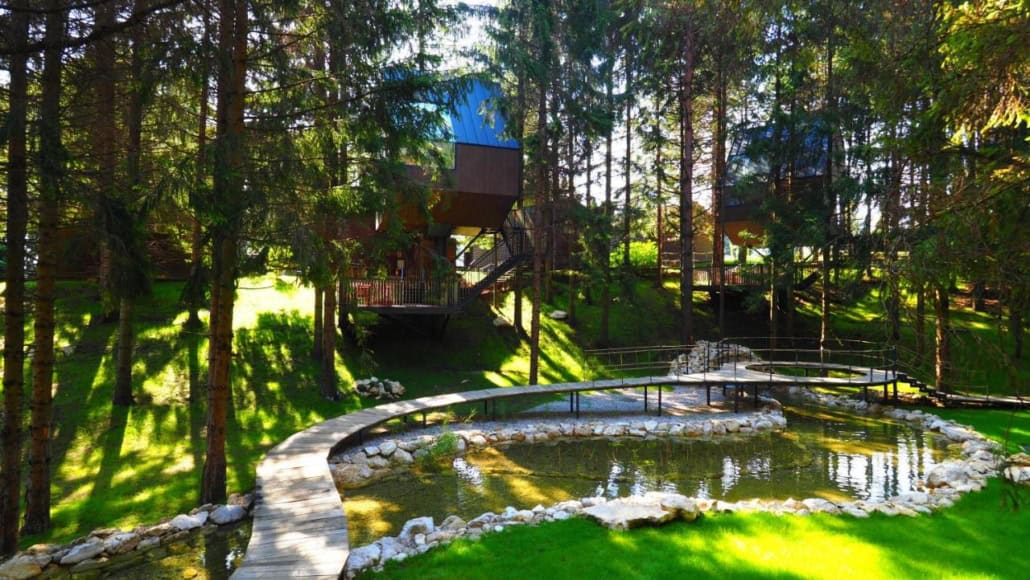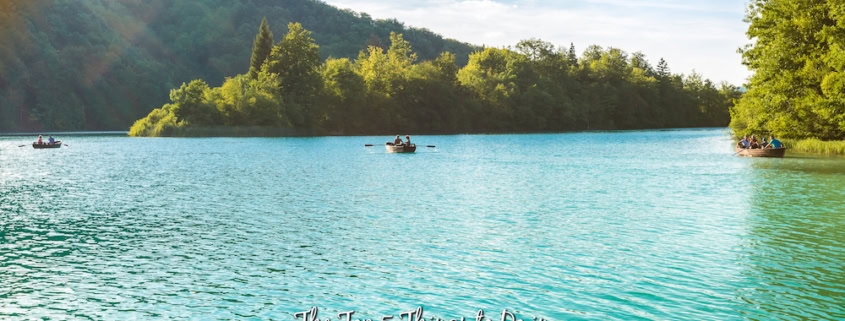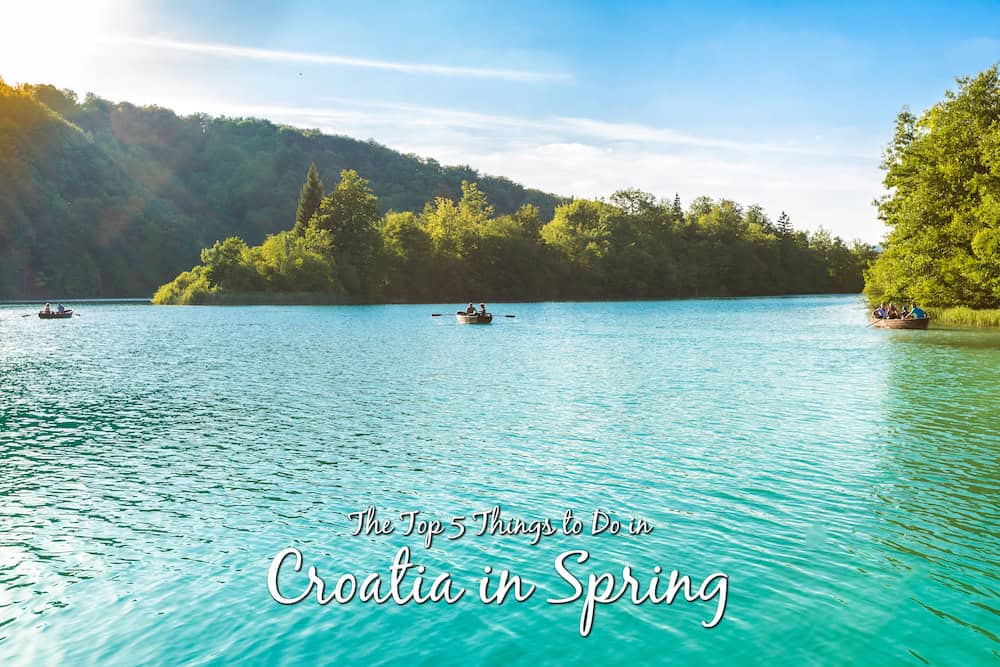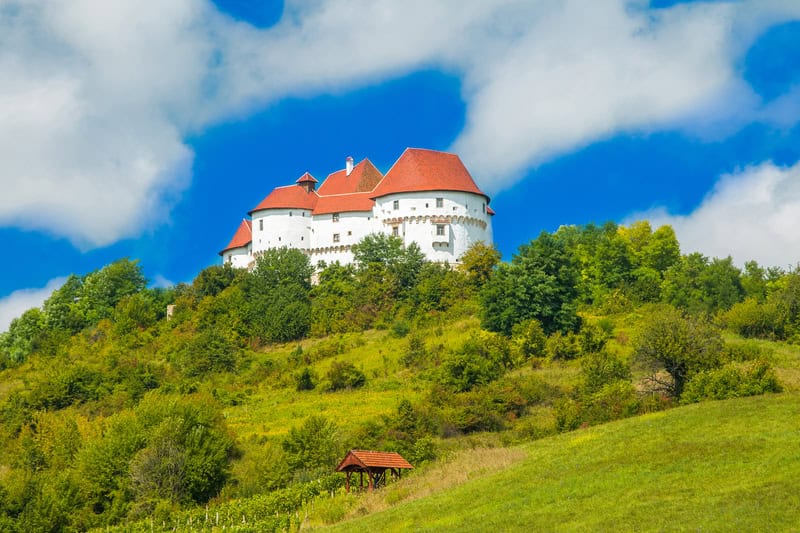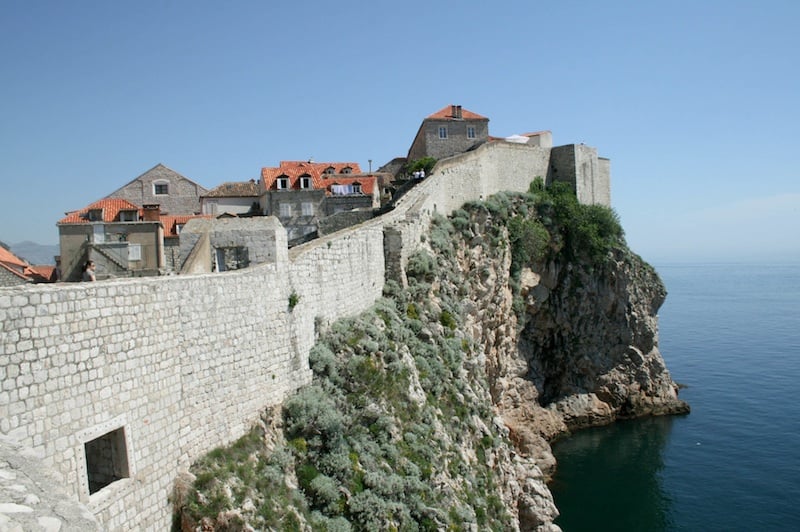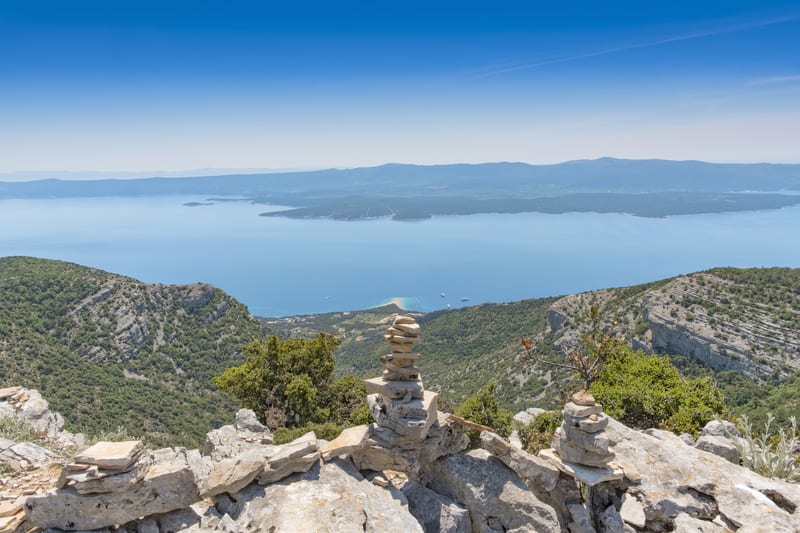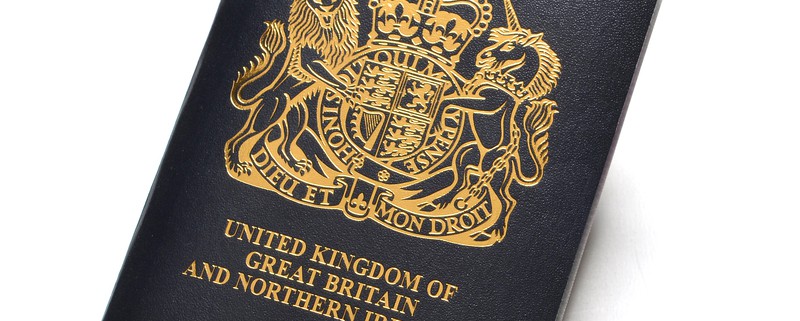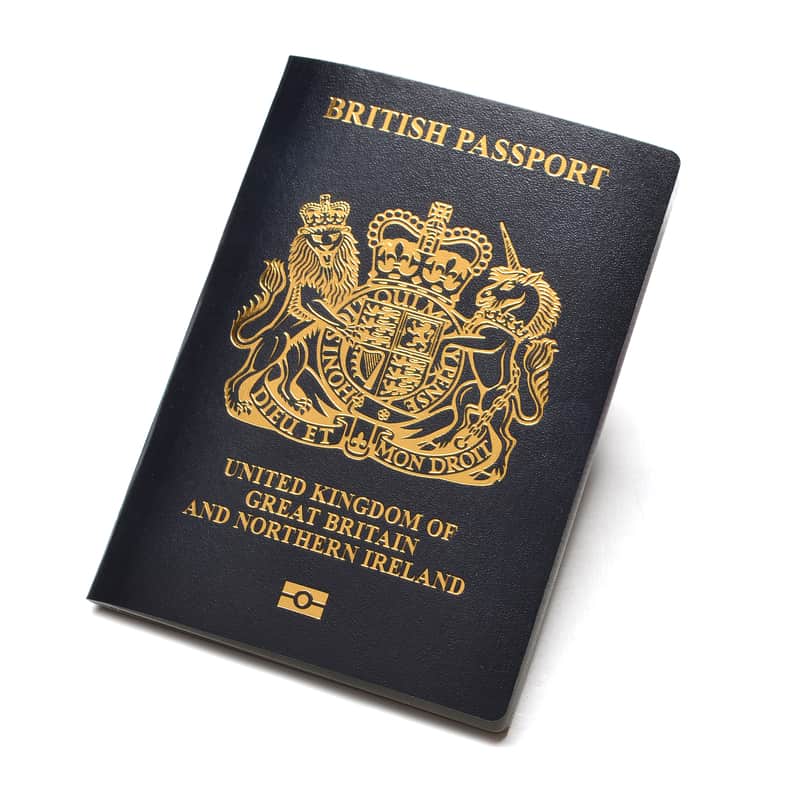The new Entry/Exit System and Croatia
Note – 11th October 2024: I timed this post perfectly for just a few short days after writing it, the scheme has been pushed back to 2025 and some elements possibly done away with! See EU delays biometric border plan again as demand for fingerprints could be scrapped for more details. Nevertheless, I’ll keep this post here as it will hopefully help with travel in the future!
Visas regulations, passport controls and customs laws are all things that excite travellers (have I got that right?), and a new regulation for the EU and the Schengen Zone comes into effect next month. Launching on 10th November 2024, the Entry/Exit System (EES) will be a new way of collating information about non-EU travellers when they enter the bloc. Whilst of course this new system covers the whole of the Schengen Zone, let’s take a look here at how the Entry/Exit System and Croatia affects your future travel plans.
The main thing to note – there’s nothing really travellers need to do before they travel to the Schengen Zone. But do expect slightly longer border times when travelling for the first time after the introduction of the scheme, as passenger data needs to be recorded.

What is the Entry/Exit System (EES)?
Only applying to short-stay visitors who require visas OR visa-exempt travellers (such as travellers from the UK and the U.S.), the EES will act as a new digital border when it comes into play. This means that data on all such travellers entering and exiting the Schengen Zone (which comprises the EU plus Norway, Iceland, Switzerland and Lichtenstein) will be recorded. EES will also register any entry refusals – should that situation arise.
The first time that you enter the Schengen Zone after the introduction of EES, you will need to register your passport information as well as your biometric data – which essentially means you need to provide your fingerprints and your photo. On subsequent visits to the Schengen Zone, your details will be checked against the information that you initially provided.
This new scheme is being introduced to help regulate travellers’ stays within the Schengen Zone. As you will likely have read many times, non-EU travellers are only able to stay for 90 days within any 180-day period. The EES will help manage this limit and is also supposed to improve border security and help combat identity fraud.
This doesn’t sound too bad, right? Right! And the kind of thing we want? Yes! The bad news, however, is that the EES will replace the need for passport stamps when entering the EU which is a shame for those of us who like that kind of thing. And pretty much the only good thing about Brexit.
When is the Entry/Exit System launching?
The EES should launch on 10th November 2024.
The Entry/Exit System and Croatia
What is the connection between the Entry/Exit System and Croatia? Well, Croatia is of course part of the EU (having joined as far back as 2013) so any new border regulation absolutely applies to Croatia. So expect to get your passport data logged when you travel to Croatia – assuming that’s the first Schengen country you visit after this scheme is up and running.
Wait a minute?! Wasn’t there something called ETIAS? Is this the same thing as that?
No, the new EES is not the same thing as ETIAS. Phew, the EU sure does like its acronyms!
ETIAS will be a new visa waiver scheme for the EU and will operate much like the ESTA programme that’s in place for travellers to the U.S. At present, there is still no launch for the ETIAS scheme – apart from some time in “the first half of 2025”. We’ll be sure to keep you updated when more news regarding this is announced!
However, when ETIAS is finally up and running, it will work alongside the EES. You don’t have to worry about the details. It’ll just be something that works!
More info
It is advisable to take a look at the entry regulations for the country on our Visa Requirements for Croatia page to make sure you on the right side of the entry law.
You can’t top the official EU Entry/Exit System website for all the details regarding this new travel regulation and how it may affect you.
British travellers may also like to take a look at the Foreign Office’s EU Entry/Exit System page for information on EES from a UK perspective.
Finally, and again for British travellers, make sure you take a look at the information on our UK Passport Requirements for Croatia page. The EU and Croatia have specific rules on the validity of passports when travelling into the union. Please make sure you check your passport before you travel. You don’t want to fall foul of the rules find yourself denied boarding or even entry into the EU – which can happen!





